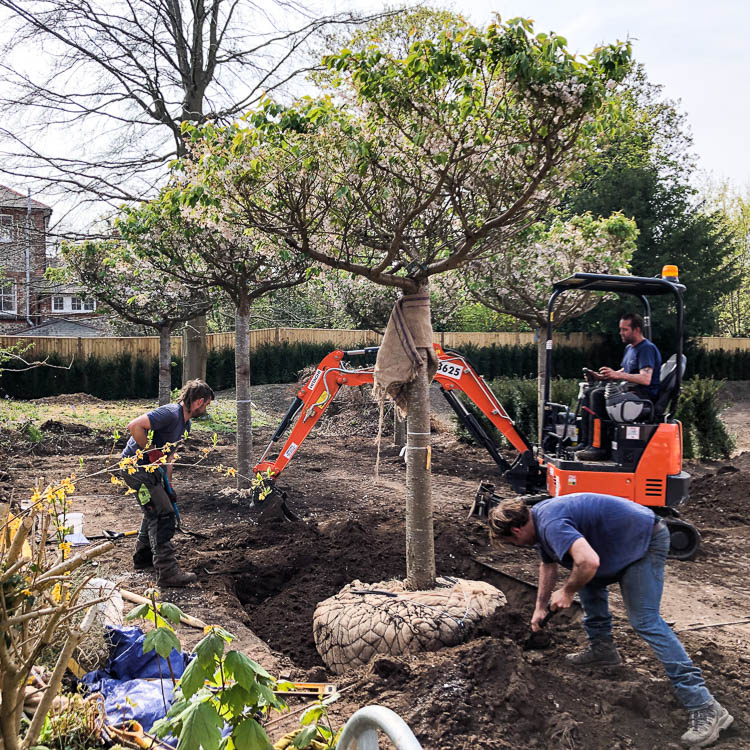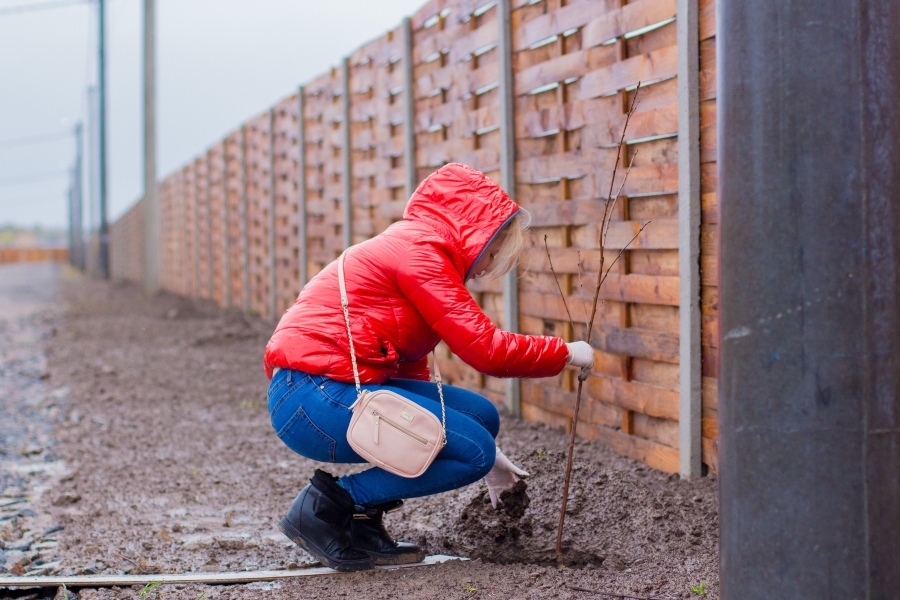What Did The Forest Restoration Study Find?

The team behind the study were Jean-Francois Bastin, Yelena Finegold, Claude Garcia, Danilo Mollicone, Marcelo Rezende, Devin Routh, Constantin M. Zohner and Thomas W. Crowther. They came from various institutions and organisations around the world. There is a huge amount in their forest restoration study and if you are feeling particularly keen, we’d encourage you to have a read of it yourself. For those who want the headlines, here is what it found.
We Have Room For Half A Trillion Trees, 25% More Than Now
The team created a model using new satellite based land cover and land use maps in conjunction with climate and soil data, plus advanced techniques, to create their estimate for the number of trees that could be planted globally. They estimated the potential for forest restoration, based on current ecosystems, is equivalent to 25% more forested area than we currently have. Specifically, that is 900 million hectares (2.2 billion acres) of forests and over half a trillion trees.
We Could Offset 20 Years Of Human Produced Carbon Emissions
Based on those estimates, tree planting at that scale would allow for reduction in atmospheric carbon of around 25% or 205 gigatons of carbon. That’s enough to negate almost 20 years of human-produced carbon emissions (at the current rate). While that might not sound like a lot, it is about half of all carbon emitted by humans since 1960!
Tree Planting Isn’t A Substitute For Decreasing Fossil Fuel Use
While the study shows potential, it isn’t a solution to the problem of climate change if we continue to use fossil fuels. Tree planting may mitigate climate change but is not a substitute for decreasing fossil fuel use. It’s only one part of the solution puzzle.
What Hurdles Are There To This Tree Planting Idea?

The study showed potential but numerous questions were also highlighted as a result of the report by Sassan Saatchi, a senior scientist at NASA’s Jet Propulsion Laboratory in Pasadena, California. Among many detailed and scrutinous questions of the implementation of the reforestation study, a few analytical notes stood out.
It Would Take Up To 2000 Years To Plant That Many Trees
Meeting the number of trees in the recommendations would take 1-2,000 years. Since trees take a different amount of time to reach maturity and start pulling carbon dioxide from the atmosphere, trees in some regions would start working sooner than others, which can’t be avoided. Saatchi pointed out that: ‘Trees in tropical regions take a little bit longer to reach maturity, but sequester carbon much faster.’
More Trees Means More Canopies Could Contain More Heat
Growing more trees would increase canopies covering the earth, and would in turn mean it retains more heat. Yes, the newly planted trees would be removing carbon dioxide but they might also, potentially, cause heat increases instead of creating a net cooling effect. There would then be a question of if the carbon removed from the atmosphere would be worth it, given the trees themselves would be making the planet warmer. Saatchi was clear that: ‘These effects may vary geographically from tropical to boreal regions and may depend largely on water and light availability.’
Biodiversity & Climate Connectivity Are Two Significant Factors To Success
Saatchi also queried: ‘Will ecosystems in reforested areas revert to their previous conditions and maintain their ability to sequester carbon?’ Areas where forests have been reduced and the species diversity has been reduced could experience issues when a single species is being replanted as a solution to climate change.
Formerly diverse forests may not be able to cope with the new imbalance, harming the local ecosystem, and there could be issues with ‘climate connectivity’. Saatchi describes this as: ‘When ecosystems become too fragmented, they begin losing their natural functions.’ This could mean that even if new trees are planted, including those native to the area, the land simply might not be as viable and so the trees won’t perform as efficiently as possible – or as efficiently as we’d need them to.
Tree Planting Has Merit But The How Is Still To Be Decided
There is certainly potential to the reforestation study and tree planting can certainly play a part in climate change. However, it will be down to communities and countries to figure out how to use tree planting in their initiatives, since the questions of where, when and how to best to plant trees will come down to a significant number of locally-specific questions.
Tree Planting: What Can You Do?

If you want to do your part or are working with an initiative to plant more trees, then consider these three pieces of advice when selecting trees:
- Choose fast growing trees – for example, oak, maple or catalpa, as these will mature sooner.
- Use evergreens for maximum photosynthesis – these trees will work to remove CO2 from the atmosphere more months of the year.
- Plant various species (local to your area) – one species can become dominant and may not be as effective for the ecosystem as a variety of trees. Look to increase the numbers of each species native to your area in equal numbers.
If you have any questions about tree planting, feel free to contact our team and talk through options.
